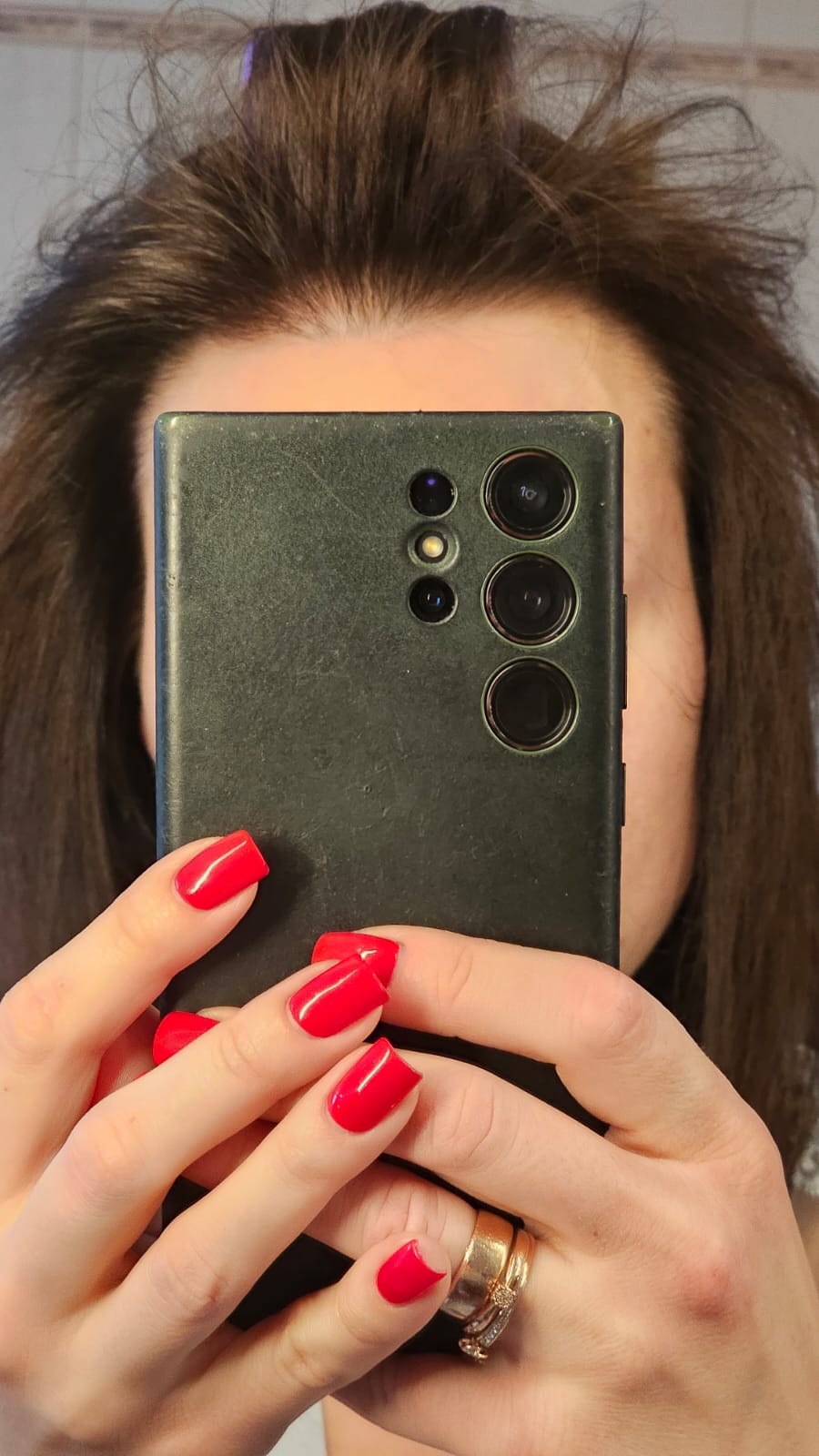
Rectal ozone therapy
Rectal ozone therapy, also known as rectal insufflation or rectal ozone insufflation, is a form of alternative therapy that involves the administration of ozone gas into the rectum.
Ozone (O3) is a highly reactive form of oxygen that has therapeutic effects in certain medical conditions.
During rectal ozone therapy, medical-grade ozone gas is introduced into the rectum using a specialized device (small tube). The ozone gas is absorbed through the rectal mucosa and enters the bloodstream.
The rationale behind this therapy is that ozone may exert several effects in the body, including:
- Antimicrobial properties: Ozone has been shown to have antimicrobial effects, including against bacteria, viruses, fungi, and parasites. It is thought to help in killing or inhibiting the growth of microorganisms.
- Oxygenation and circulation: Ozone therapy improves oxygen delivery and circulation in the body by increasing the release of oxygen from hemoglobin, dilating blood vessels, and enhancing red blood cell flexibility.
- Modulation of the immune system: Ozone has been suggested to stimulate the immune system, increasing the production of immune cells and enhancing their activity.
It may also help regulate the balance between pro-inflammatory and anti-inflammatory cytokines.
Important!
When starting a course of therapy, a doctor's consultation is required.
Share
Before undergoing infusion therapy, it's important to ask your doctor or healthcare provider several questions to ensure that you are well-prepared and that the procedure goes smoothly.
Here are some questions you might consider asking:
- What specific medication or solution will be used in the infusion?
- How long will the infusion session take?
- Are there any special instructions I need to follow before the infusion?
- Should I eat or drink anything before the procedure?
- What are the potential side effects or risks associated with this therapy?
- Could you explain the process of the infusion to me?
- How can I contact medical staff if I have questions or issues during or after the infusion?
- Do I have any known medications or allergies that could affect this procedure?
- Could this therapy interact with any other medications I'm currently taking?
- What symptoms or side effects should I report after the infusion?
- How often will I need to receive this therapy?
- Are there any tests I need to have before or after the infusion?
- What are the expected benefits of this infusion therapy?
- Are there any dietary or activity restrictions I should follow before or after the infusion?
- How will I know if the infusion therapy is working for me?
- Is there any additional information or resources you can provide to help me understand this therapy better?
These questions can help you gain a clearer understanding of the infusion therapy, its purpose, and what to expect.
Important!
Open communication with your healthcare provider is key to ensuring that you have a safe and effective treatment experience.
Ozone panel
| EGL code | Analysis Panels | |
|---|---|---|
| Hematology | ||
| 3640 | Complete blood count (clinical blood count, leukocyte formula, EAG) | |
| Coagulopathy | ||
| 3747 | APTL-Activated partial thromboplastin time | |
| 0000 | INR | |
| 3738 | Fibrinogen | |
| 3648 | Bleeding time | |
| Glucose regulation | ||
| 3749 | Glycated hemoglobin (HbA1c) | |









